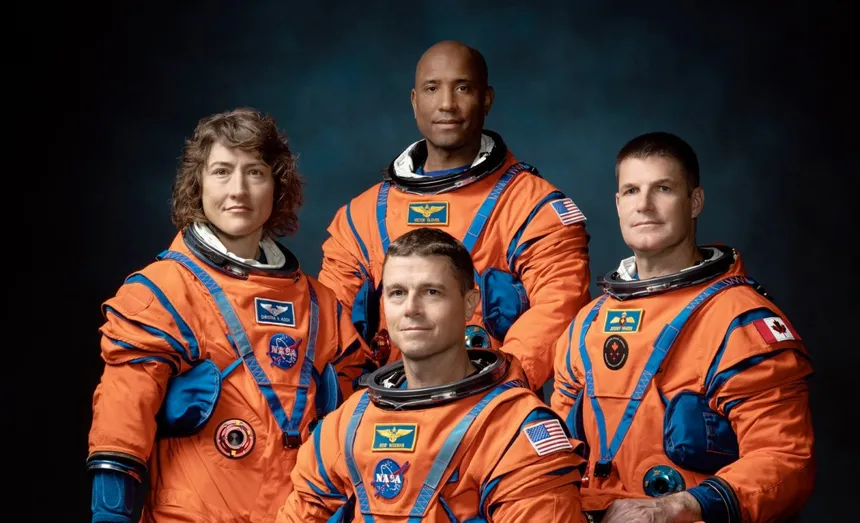NASA has achieved a critical milestone in the preparation for the Artemis II crewed moon mission with the successful integration of the crew and service modules for the Orion spacecraft at the Kennedy Space Center in Florida. This remarkable achievement marks a significant step forward in the agency’s ambitious plans to return humans to the moon and eventually establish a sustainable presence on the lunar surface.
The integration of the crew and service modules was carried out at the Neil Armstrong Operations and Checkout Building, after months of rigorous testing and hardware installation on the two major components of the spacecraft. The crew module, which will carry astronauts Reid Wiseman, Victor Glover, Christina Koch, and Jeremy Hansen, as well as a Canadian Space Agency astronaut, on a 10-day journey around the moon and back to Earth, has been equipped with essential resources such as water and air, as well as propulsion, power, and thermal control.
The service module, which provides the necessary resources to support the astronauts during their journey, has been shielded by a housing surrounded by three spacecraft adapter jettison fairing panels. These panels will protect the service module from intense heat, wind, and acoustic forces during launch. Once Orion reaches space, the fairing panels will be jettisoned, allowing the spacecraft’s solar arrays to deploy. Before reentering Earth’s atmosphere at the end of the mission, the service module will detach and burn up, ensuring a safe return for the astronauts.

Nasa’s Artemis Ii Crew
The mission team will now power up the combined crew and service module for the first time to verify its functionality, followed by subsequent altitude chamber testing to simulate the conditions Orion will encounter in space. This process will ensure the spacecraft’s readiness for the Artemis II mission.
The Orion spacecraft has already demonstrated its capabilities during the uncrewed Artemis I mission, and engineers are confident in their ability to overcome any challenges that may arise during the upcoming tests. The Artemis II mission, scheduled for November 2024, will follow a similar trajectory to its predecessor, coming within 80 miles of the lunar surface before venturing further into space and returning home.
The success of the Artemis II mission will pave the way for the Artemis III mission in 2025, which aims to land the first humans on the lunar surface since the final Apollo mission in 1972. As NASA continues to push the boundaries of space exploration, the integration of the crew and service modules marks a crucial step toward realizing its ambitious goals.
With each milestone achieved, the agency moves closer to returning humans to the moon and eventually establishing a sustainable presence on the lunar surface. The Artemis II mission is a critical step in this journey, and the successful integration of the crew and service modules is a testament to NASA’s unwavering commitment to space exploration and its determination to make history once again.









































